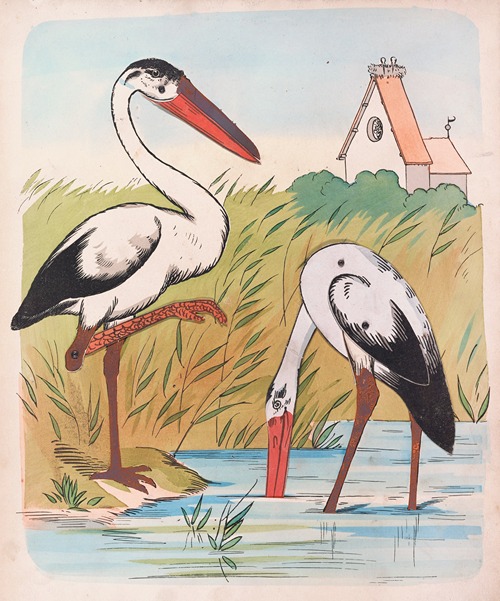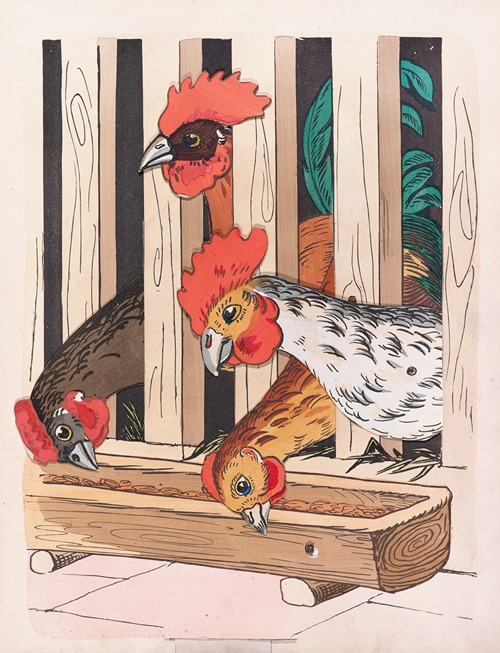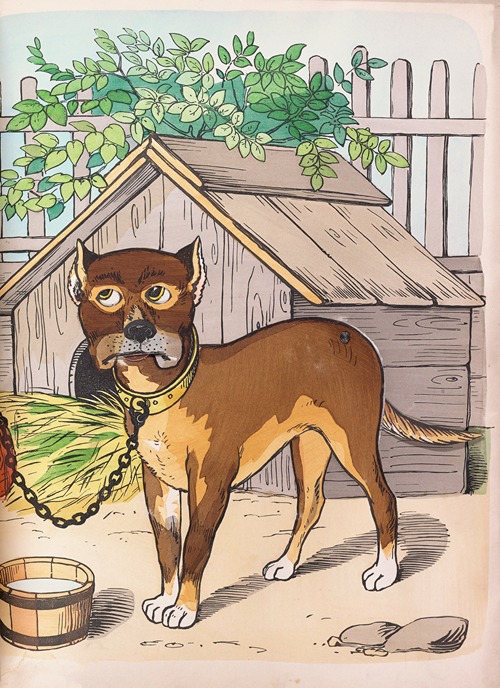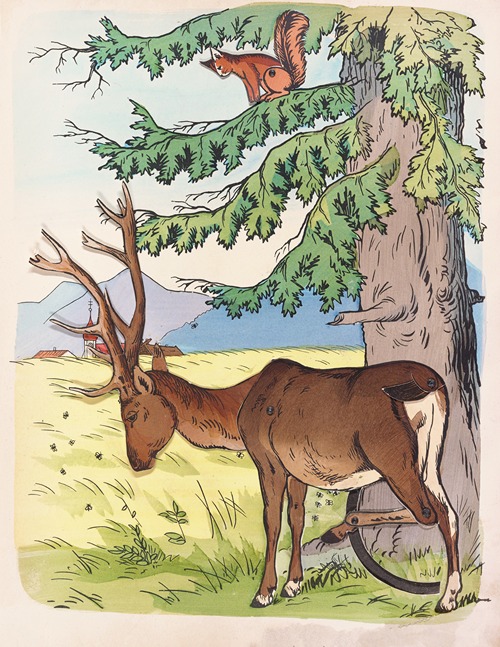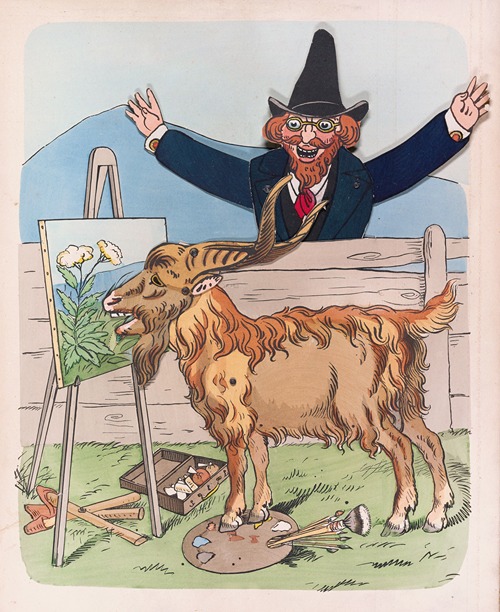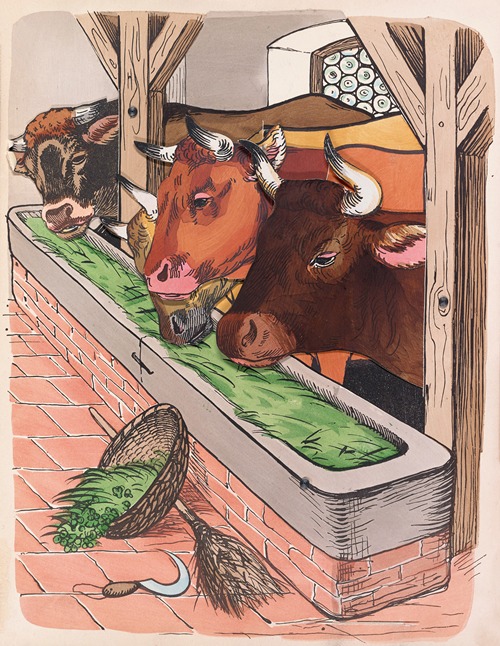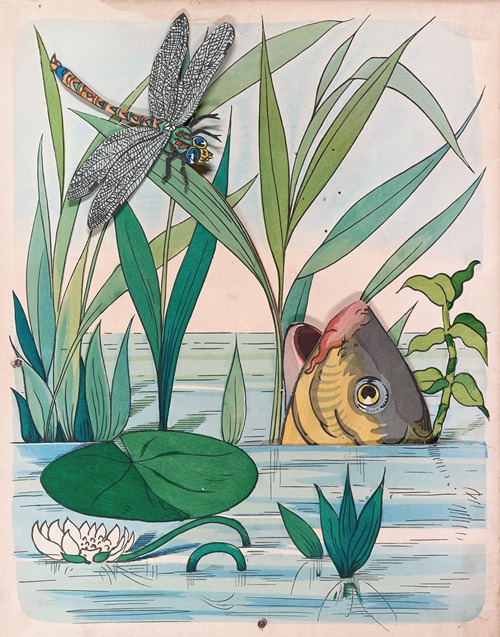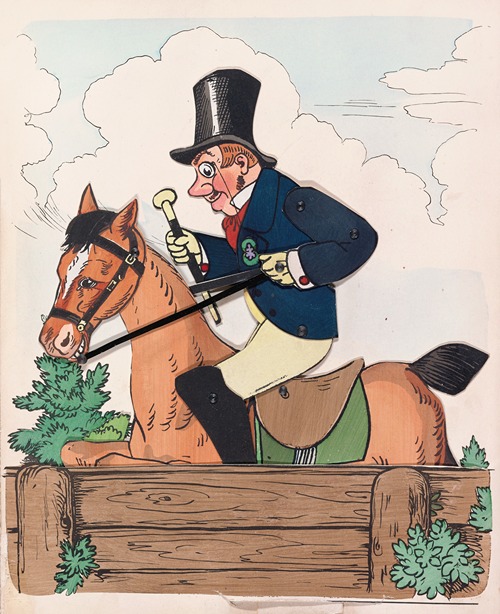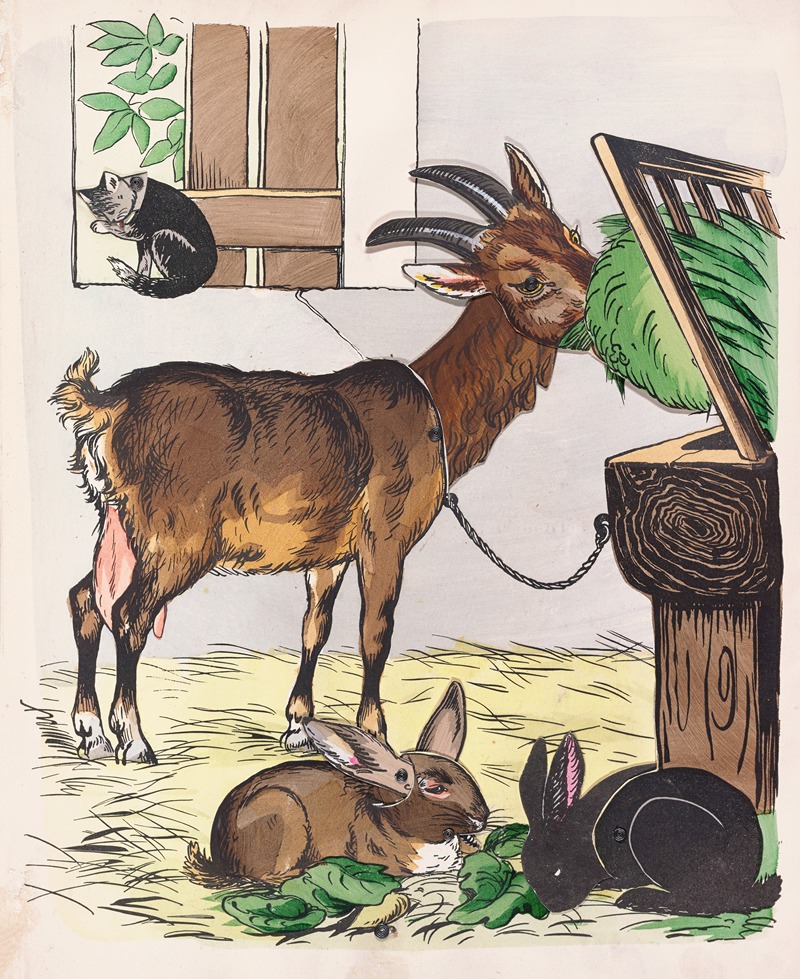
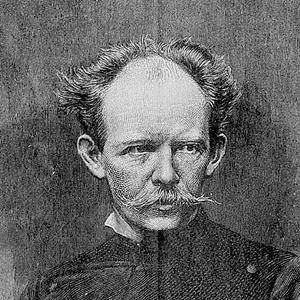
Lothar Meggendorfer was a German illustrator and early cartoonist known for his pop-up books.
He was first published in 1862 in the Fliegende Blätter, an illustrated comic weekly, and from 1868 in the bi-weekly Münchener Bilderbogen. He was the publisher of Meggendorfer-Blätter, an art and satirical magazine, from 1888 to 1905. He also illustrated a number of books with text by Julius Beck, among them Neues Struwwelpeterbuch published by J.F. Schreiber in the 1890s, and created some 40 board games.
Every other year, the Movable Book Society awards a pop-up book prize named after Meggendorfer.
Lorthar Meggendorfer, born in 1847 to Johann Nepomuk Meggendorfer and his second wife, Karoline Sichener, was the youngest of his father’s twenty-five children. His father, Johann, died in 1860. Meggendorfer began studying art at the Academy of Arts in 1862 and earned money for his education by playing the zither.
Meggendorfer was a student of the Munich-based actor and puppeteer Joseph Schmid, who was also known as “Papa Schmid”. The puppet actions would later influence Meggendorfer’s artwork.
Meggendorfer started working at the humor journal Fliegende Blätter (Flying Leaves), an illustrated comic weekly, in 1866. Others on staff included a former teacher, Wilhelm von Diez, and illustrators Wilhelm Busch, Caspar Braun, Max Haider, Eduard Ille, Ludwig von Negal, Adolf Oberlander, Franz von Pocci, Arpad Schmidhammer, and Moritz von Schwind.
Meggendorfer also illustrated for the bi-weekly Münchener Bilderbogen (Munich Pictures) published by Braun & Schneider.
Researchers have noted that Meggendorfer explored ways to make his illustrations move. His first movable picture book, Lebende Bilder (Living Pictures), as a Christmas gift to his eldest son, Adolph. Braun & Schneider published the book in 1878.
Meggendorfer’s movable books were translated and sold not only in Germany but Belgium, Czechoslovakia, England, France, Hungary, Russia, Spain and the United States.
Meggendorfer married Elise Roedel in 1873. They had six children, two sons and four daughters. From 1891 to 1901 the family lived on a farm on the Jägerhaus estate in Bad Kohlgrub, Upper Bavaria. The family were also musically inclined. Meggendorfer played the contra-guitar. Elise played the piano and the children various string instruments.
